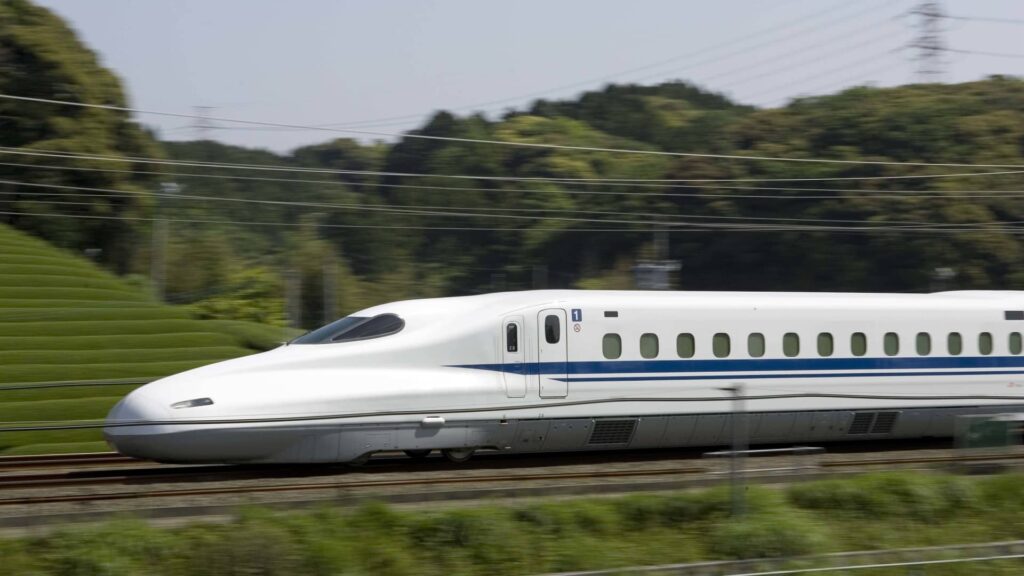The U.S., despite decades of research and studies, remains without authentic high-speed rail options.
Since 1987, investors have attempted to introduce bullet train service to Texas. In 2014, a group organized under the name Texas Central launched the most recent attempt to connect Dallas to Houston with a bullet train that travels more than 200 miles per hour, shortening a three and a half hour drive to a 90-minute train ride.
“You cannot do that in a car,” said Andy Byford, senior vice president of high-speed rail programs at Amtrak. “You cannot do that if you fly, if you factor in going to the airport, going through security, getting back in from the airport at the other end.”
Byford is the latest in a long line of U.S. policy experts to call for more high-speed rail connections in the U.S. In 2023, Amtrak revived hopes for the bullet train in the Texas Triangle, when it announced its intention to broaden its partnership with Texas Central.
The fast-growing region contains both the Dallas-Fort Worth metroplex and Houston, two of the largest population centers in the country.
“If you don’t build high-speed rail between Dallas and Houston, then you only have two options,” said Congressman Seth Moulton, D-Mass., a former managing director at Texas Central. “You can either expand the airport or expand the highway. It’s not going to decrease the travel time between those cities. It’s still going to take at least three hours to get between Dallas and Houston”
Local experts told CNBC that the swelling population of Texas drivers has taken a toll on roads in the area, leading to traffic congestion and safety issues.
“Our transportation system is just really trying to keep up with our population growth” said Brianne Glover, senior research scientist at Texas A&M University’s Transportation Institute. “Commuters experience somewhere around 40 hours of delay each year.”
The Texas Central project has been repeatedly delayed as its backers navigate various regulatory hurdles,…
Read the full article here





